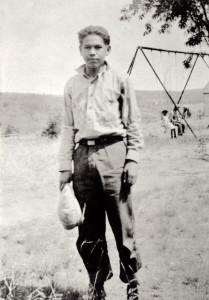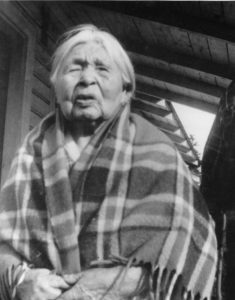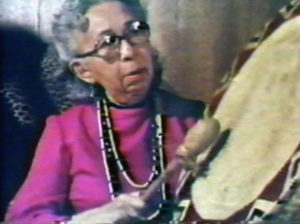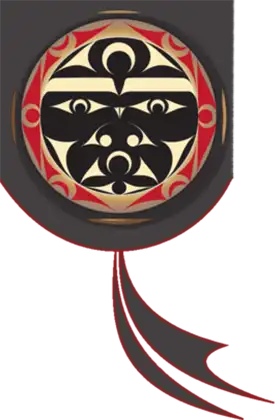dxʷsyəhubtxʷ – Story tellers
The Lushootseed word syəhub, is often translated into English as “traditional story.” As we continue to speak, write, and think in English about these written texts, we shorten “traditional story” to “story,” a word that results in the blending of our concept of syəhub with an English-language concept that can refer to everything from a spontaneous lie, to an art narrative composed in writing by a sole author and published as a fixed text. “Traditional story” is an ineffective rendition because it fails to address the basic characteristics of syəhub, which is an oral tradition; and it is a dangerous rendition because it serves to dilute our awareness of those characteristics.

As we are taught, the syəhub is a cumulative unwritten tradition, not any one realization of it. It is also a cloud of possibilities with a particular but unstable center around a group of potentialities remembered and forgotten, realized and unrealized, constantly changing, known only fragmentarily by any one person or any one tribe or at any one time. It is a gyre of motifs, rhetorical strategies, characters, plots, teachings, commentary, names, formulas, places, histories, customs, songs, specialized knowledge, and much else. The syəhub contains private property but also regional borrowings, as well as overlaps with every other oral tradition in the world. However, every realization of a syəhub tradition is culturally and individually specific.

Lushootseed Research
When we come to the task of talking about heritage rights and the tribal duty of heritage guardianship as these apply to a syəhub tradition, we find that there are no English-language resources available that do not distort what we need to say. This is due in part to the fact that English-language discourse about rights and the legal protection of rights to oral narrative has yet to develop concepts of heritage and oral tradition. What we can do, however, is state as a basic principle that, whether it is done by tribal members or nontribal members, all work that makes use of our traditions should be done in such a way as to benefit the people of Tulalip. When we are talking about the syəhub tradition and traditional oratory, “benefit” means specifically to be of help to our work in the revitalization of our language and oral traditions.
Our tribal duty of heritage guardianship involves the assertion of protocols to ensure that our traditions are not misconstrued or decontextualized. syəyəhub do not exist for the purpose of teaching reading skills or for the purpose of linguistic analysis. For people who work with our syəhub tradition, no matter what kind of work they are doing, it is vital that syəyəhub continue to serve the purposes for which they have come into existence. The most important of these purposes is to ensure the survival of those who hear them.

Research and curriculum development are not tasks that in themselves permit syəhub to do its work. It is not that we do not want these tasks to be done (we do them ourselves); it is that the research or curriculum “use” of the tradition must not stop with that “use,” which is so far short of allowing syəyəhub to work. Otherwise, the “use” of the tradition is like girdling the cedar tree from which you are taking bark: you kill it in the course of your work.
Here are some examples of deeds that we hope our assertion of heritage guardianship will prevent in the future: the context-shorn, reductive translation of our stories so that they lose their ability to save lives; the use of such translations in classrooms at all, but especially in classrooms serving Native students; the exclusive use of translations in the classroom; the exclusive reliance on written texts in cross-cultural work involving our traditions; the mining of transcribed texts of our oral tradition for data of various kinds, with no respect for the life-giving nature of the traditions; and the failure of outsiders to share with the Tribe the fruits of their study of our traditions.
